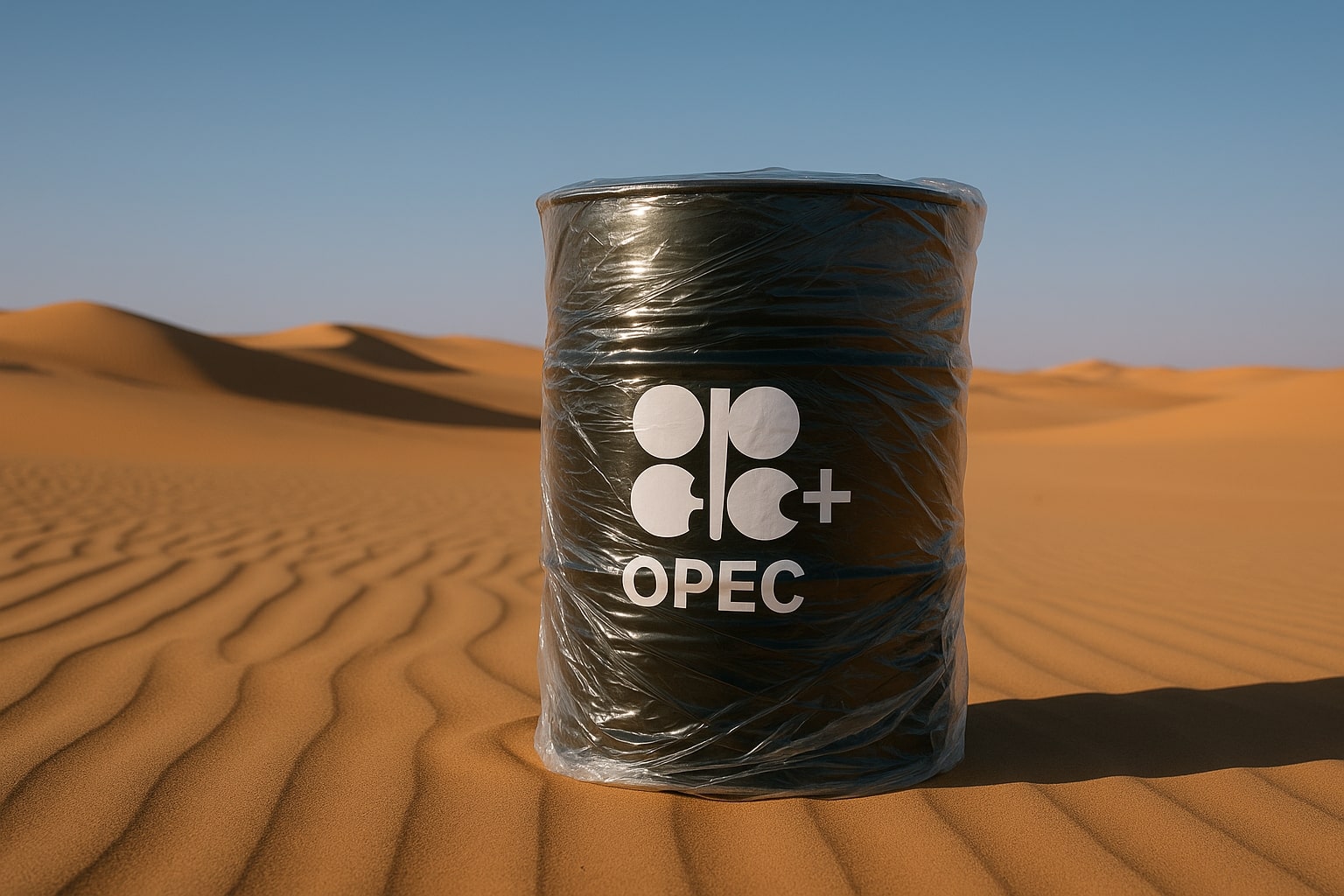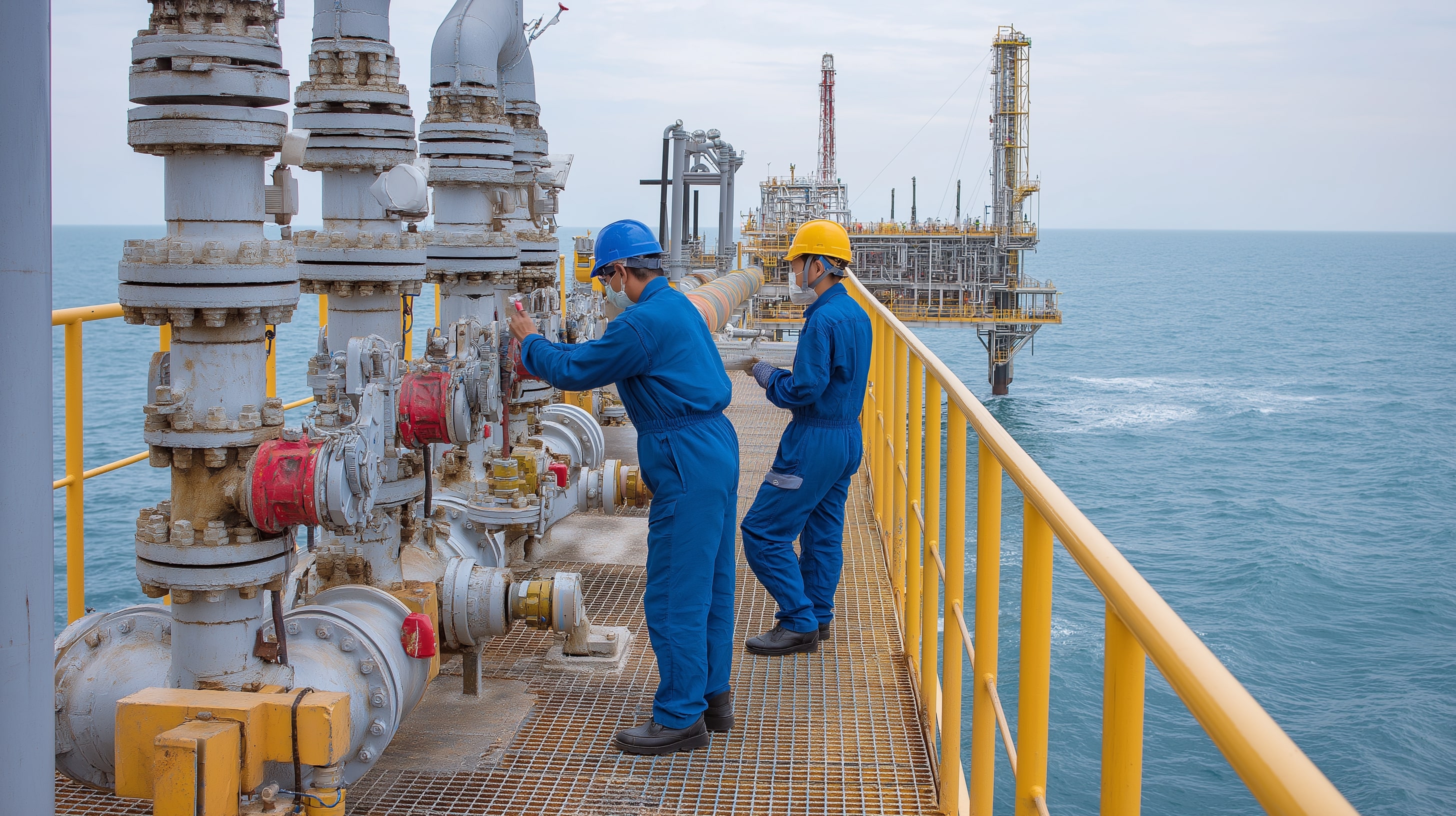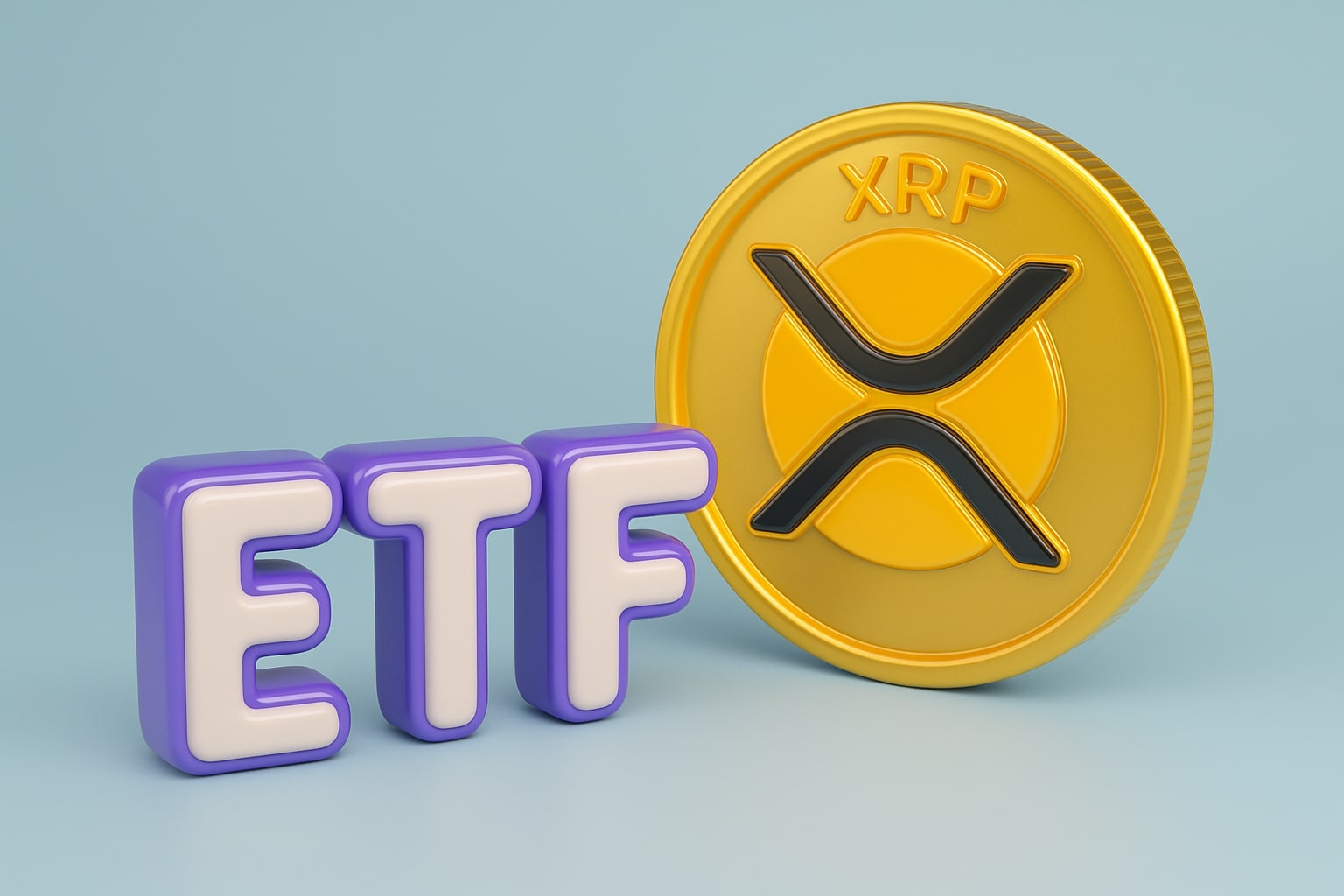
Oil Price: WTI at $63.34 and Brent at $67.26 as Global Market Struggles with Demand and Supply Pressures
Oil benchmarks retreat with Chinese refiners reporting profit drops, Russia boosting exports, Iran hitting 3.24M bpd, and U.S. refining outages lifting gasoline | That's TradingNEWS
Oil Market Analysis: WTI (CL=F) and Brent (BZ=F) Under Pressure as Macro and Geopolitics Collide
WTI and Brent Prices Retreat Despite Fed Support
West Texas Intermediate (CL=F) is trading at $63.34 per barrel, down 2.25% on the session, while Brent (BZ=F) stands at $67.26, shedding 2.22%. The recent decline follows weaker demand signals out of Asia, fresh tariff concerns from Washington, and refinery outages that disrupted U.S. gasoline supply chains. Although both contracts briefly bounced on Fed easing signals and drone strikes in Ukraine, the rebound was capped, highlighting how supply and demand imbalances continue to weigh more than short-term geopolitical spikes. Murban crude at $70.99 and the OPEC basket at $70.45 show the same trend, reflecting a ceiling in the low 70s as global consumption weakens.
China’s Energy Giants Show Strain From Lower Prices
The pullback in crude benchmarks is hitting producer margins. PetroChina’s first-half profit slid 5.4% YoY to $11.75 billion, with average realized crude at $66.21/bbl, down sharply from $77.45/bbl a year earlier. Sinopec saw a steeper 36% decline in profit, driven by a 3.6% drop in domestic refined fuel consumption as EV and LNG-powered trucks continue displacing oil demand. Diesel and gasoline sales trail pre-Covid peaks, while kerosene remains the only bright spot, supported by air travel’s ongoing recovery. With EV penetration crossing 35% of new car sales in China, oil’s structural headwinds are intensifying, forcing refiners into cost-cutting and product diversification.
Geopolitical Pressures Add Volatility
Geopolitical headlines remain a double-edged sword for crude. Russian refineries continue to face drone strikes, pushing Moscow to increase exports by 200,000 bpd, adding further downside risk as September loadings hit the market. Meanwhile, Ukraine’s energy infrastructure has been struck over 100 times in 2025, forcing the country to secure LNG from Azerbaijan and U.S. suppliers. Naftogaz faces an import bill of $2.9 billion this year, with European lenders already extending $580 million in emergency loans. In the Middle East, Iran lifted crude production back to 3.24 million bpd, the highest since 2018, adding barrels at a time when Trump’s White House is threatening 200% tariffs on Chinese rare earths while pressuring Asian buyers to cut Russian intake. These dynamics underline how sanctions, drone warfare, and tariff diplomacy are reshaping flows in real time.
Corporate and Regional Energy Deals Reshape Supply
Azerbaijan deepened its U.S. ties through a memorandum with ExxonMobil (NYSE:XOM), signaling potential unconventional oil discoveries that could lift its production base. In parallel, Gazprom signed an MoU with Mongolia, preparing for the Power of Siberia-2 pipeline to deliver 50 bcm/year of gas into China, a deal that could shift Asian LNG demand if contracted. Libya’s National Oil Corporation announced ambitions to hit 2 million bpd by 2028, courting U.S. majors like ExxonMobil for upstream investment. Meanwhile, Cenovus Energy (NYSE:CVE) agreed to acquire MEG Energy for $5.7 billion, consolidating Canada’s oil sands and lifting CVE’s stock almost 8%. These corporate maneuvers highlight how producers are betting on scale and geopolitical alignment to weather prolonged price weakness.
U.S. Refining and Product Prices Reflect Tight Margins
The outage at BP’s 440,000 bpd Whiting refinery has already lifted Midwest gasoline by $0.27 per gallon, pushing prices above seasonal averages and underscoring fragile U.S. refining capacity. Gasoline futures themselves slipped 1.60% to $2.114/gal, yet regional retail costs continue to rise due to localized supply shocks. Mars U.S. crude fell to $71.28/bbl, Louisiana Light held at $65.83, and Bonny Light in Nigeria slumped 2.84% to $78.62, all reflecting regional differentials as refiners struggle with product margins.
Macro Environment and Demand Signals
Demand remains under scrutiny. India booked a dip in July oil production and is set to trim Russian imports under U.S. tariff pressure, while Japan is accelerating its shift away from fossil fuels. At the same time, the U.S. is in discussions with Russia over potential re-entry of majors like ExxonMobil into Sakhalin projects as part of broader Ukraine peace negotiations, a move that would upend current sanctions assumptions. OPEC+ still sees global demand growth slowing to 1.8 million bpd in 2025, far below the 3 million bpd expansion of 2023, while U.S. production hovers at 13.2 million bpd, capping any sustained rallies.
WTI and Brent Outlook
The short-term technical picture shows WTI facing stiff resistance near $66.50–$68.00, with downside risk toward $61.50 if demand data disappoints. Brent has struggled to hold above $68.00, and UBS forecasts prices stuck in the high $60s given tepid global consumption and increased Iranian and Russian supply. With gasoline and diesel demand structurally challenged in China and India, and EV adoption accelerating, crude is no longer reacting to geopolitical events with the same intensity as in past years. Near-term support for WTI lies at $62.50, while Brent’s floor is around $66.00, with both benchmarks vulnerable to sharper corrections if global growth weakens into Q4.
That's TradingNEWS
Read More
-
PFFA ETF Nears $21.50 as Rate Cuts and 9.49% Yield Spark Renewed Demand
29.11.2025 · TradingNEWS ArchiveStocks
-
XRPI and XRPR ETFs Ignite Ripple’s Institutional Rally as Inflows Near $1B and XRP Holds $2.20
29.11.2025 · TradingNEWS ArchiveCrypto
-
Natural Gas Price Forecast - NG=F Blasts to $4.85 as Demand Surge Fuel Multi-Month Breakout
29.11.2025 · TradingNEWS ArchiveCommodities
-
USD/JPY Price Forecast - Yen to Dollar Slides to 156.10 as Yen Strengthens on Fed Cut Expectations
29.11.2025 · TradingNEWS ArchiveForex



















